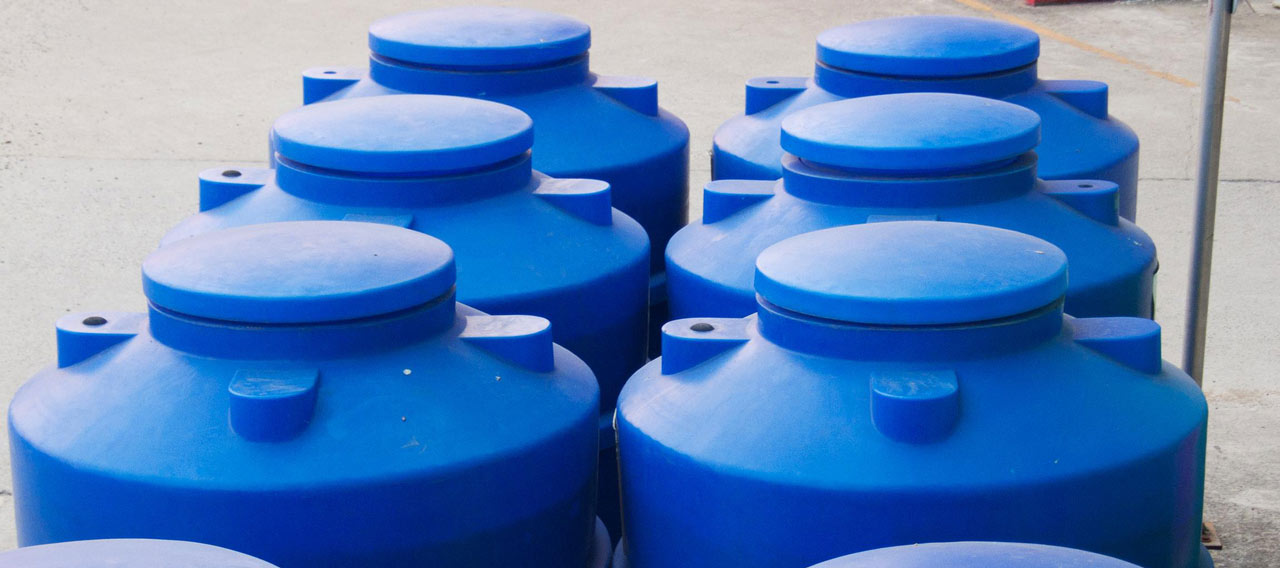Insurance for Life Sciences Companies

Who we serve
Chubb has deep expertise across the spectrum of life sciences companies and their activities from start-ups to the world’s largest companies
-
Pharmaceutical and Biotech Companies
From start-up firms with a single promising compound to clients bringing multiple drug targets through global clinical trials, you can count on our products, services and financial strength throughout your company’s life cycle.
Learn More -
Site Management Organizations and Contract Research Organizations
One policy form with three coverage parts enables customized coverage with one insurance carrier. When trying to bring a new drug or device to market, a site management company or contract research organization needs flexible coverage to manage exposures.
Learn More -
Clinical Trials Insurance
Chubb’s global network and Life Sciences expertise uniquely qualify us to help you coordinate your clinical trial insurance programs, helping to avoid costly delays.
Learn More -
Dietary Supplement Companies
As consumers have become more conscious of their health and well-being, your industry has expanded to meet the growing demand for dietary supplements. We provide specialized property and casualty insurance solutions to well-managed companies in this segment.
Learn More -
Life Sciences Services Organizations
Outsourcing has led to rapid growth in your industry. You face a full range of regulatory compliance, product liability and financial injury concerns. Our innovative errors or omissions insurance, along with our other industry-leading solutions offer the tailored protection you need.
Learn More -
Medical Device Companies
Rapid technological advances, emerging litigation risks, a global marketplace and increasing demand for your products keep your risks in constant flux. Our innovative all-lines solution and leadership in risk consulting and claims help us serve your unique needs.
Learn More
Products and Services
From supply chain disruptions to the constant search for breakthrough innovations, life sciences companies face scrutiny, pressure, and ever-changing liability risks. Chubb supports our over 6,000 life sciences clients in their ground-breaking and life-saving work with our specialized and dedicated life sciences practice team.

Chubb Risk Consulting
Your passion for improving patients’ lives is what sets your organization apart. We share in your passion by helping you stay in operation and strengthening your risk management program.
Our in-house network of more than 500 risk engineers around the globe will help your business anticipate and minimize costly exposures.
Our interactive state of the art facility for the next generation of risk management can help your business reduce the risk of loss.

Meet our Life Sciences Industry Practice Leader
Lee Farrow | EVP, Life Sciences Industry Practice Leader
“We pride ourselves on being ready with products and solutions that meet the emerging needs of these companies as they pursue scientific breakthroughs.”
Emerging Risks
Ignitable liquids such as solvents, cleaners, adhesives, paints, and fuels are essential in life sciences facilities but pose significant fire and explosion risks due to their vapor ignition properties. These hazards can arise from open flames, static electricity, or hot surfaces, with vapors traveling far from their source. Applications range from laboratory operations and cleaning to chemical synthesis and drug production. To mitigate risks, facilities must implement robust controls, including process hazard analysis, substitution of safer chemicals, and strict adherence to NFPA 30 and FM Global standards. Key safety measures include using non-combustible building materials, automatic fire suppression systems, proper ventilation, limiting quantities in use, and comprehensive employee training and emergency response plans. Effective management and preventive maintenance are crucial to preventing fires, explosions, injuries, and facility contamination.
Pharmaceutical and medical device sales representatives are at a significantly higher risk of vehicle crashes due to the demands of their roles, which often involve long hours on the road and multitasking under pressure. Pharma sales reps in particular are 49% more likely to be involved in accidents than the general population, primarily due to unsafe driving behaviors, fatigue, and distractions. To address these risks, companies are encouraged to implement annual motor vehicle record checks, establish clear driver qualification policies, and provide comprehensive training on defensive driving, distracted driving, and fatigue management. Strict policies against impaired driving are essential, as is managing the risk of employees using personal vehicles for business. Leveraging technology like telematics and AI for real-time monitoring, along with robust incident reporting, can further protect employees and foster a culture of safety and responsibility in the industry.
Corrective and Preventive Actions (CAPA), enforced by the FDA, are critical for ensuring product quality and regulatory compliance in the life sciences industry. CAPA is a two-step process: 1) addressing immediate issues (corrective actions) and 2) preventing their recurrence (preventive actions). Corrective actions are reactive, while preventive actions are proactive, focusing on eliminating potential nonconformities. CAPA programs are rigorously evaluated during FDA inspections and ISO audits, with common triggers including non-conformities, customer complaints, and audit findings. Effective CAPA implementation involves early adoption, centralized data management, risk management integration, and root cause analysis. A robust CAPA system not only ensures compliance but also mitigates liability risks, enhances product quality, and prevents minor issues from escalating into significant problems.
Vivaria are specialized facilities designed to accommodate controlled environments for animal research, requiring meticulous planning, robust infrastructure, and stringent operational protocols. Key considerations include pre-planning for activities, species, and potential expansions; ensuring animal welfare through proper housing, environmental controls, and waste management; and mitigating risks such as flooding, fire, and cross-contamination. Facilities should be constructed with fire-resistant materials, incorporate redundancy in critical systems, and maintain emergency power and ventilation. Fire protection measures, including sprinkler systems and fire detection, are vital, alongside security features like perimeter fencing, camera surveillance and access control. Effective risk management involves contingency planning, accurate valuation of animals and research investments, and collaboration with local fire departments. Compliance with regulatory frameworks, such as the Animal Welfare Act and NFPA 150, is critical to conserving safety and operational integrity.
Trusted to help manage your life sciences risk
FAQ
Our package policies include contingent business income coverage that indemnifies your company in the event of a loss from a covered peril to property of third party suppliers that disrupts the supply chain. We will help you to evaluate your contingent business interruption limits needs carefully by providing a basic business income calculator. For larger, more complex organizations we can assign you a business income consultant to determine what you need.
Perishable property is often the most critical asset of a life sciences company, so we understand that any malfunction or loss of power to refrigerators or freezers, or any introduction of contaminants, can be devastating. Our property policy includes all-risk ‘change in controlled environment’ insurance for spoilage of perishable property at owned locations, and in transit. It also covers contamination from bacteria, mold, mildew, viruses, microorganisms, pathogens, radiation, or airborne microbes.
In addition, we take a proactive approach to risks of spoilage and contamination, helping clients develop loss control recommendations.
We can review clients' third party contracts from a risk management perspective to help the clients and their attorneys identify potential liability risks that may be presented. We can work with clients' insurance agents and brokers to help ensure they appreciate these risks as they advise their clients on applicable insurance solutions.
Resources
Chubb’s Life Sciences Industry Practice (LSIP) has been a market leader for over 25 years. With over 100 dedicated and trained P&C Underwriters, Claims Professionals and Risk Engineers — we have the experience and specialized knowledge our clients, brokers and agents depend on.
Our team of world-class industry professionals is readily available to partner with your business and effectively mitigate any risks you may face.
Discover emerging risks and evolving trends in the middle market by delving into our comprehensive reports—based on a survey of 1,000 middle market firms.
Using Internet of Things (IoT) water sensors to reduce or eliminate the damage a water leak can cause.
We have the appetite, specialized expertise, insurance products, and services to help agents like you write more business and help protect your clients’ operations.
We have the underwriting appetite, specialized expertise, insurance products, and services to help agents like you quickly write more business for clients of all sizes.
Insights and expertise














